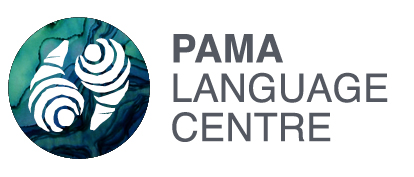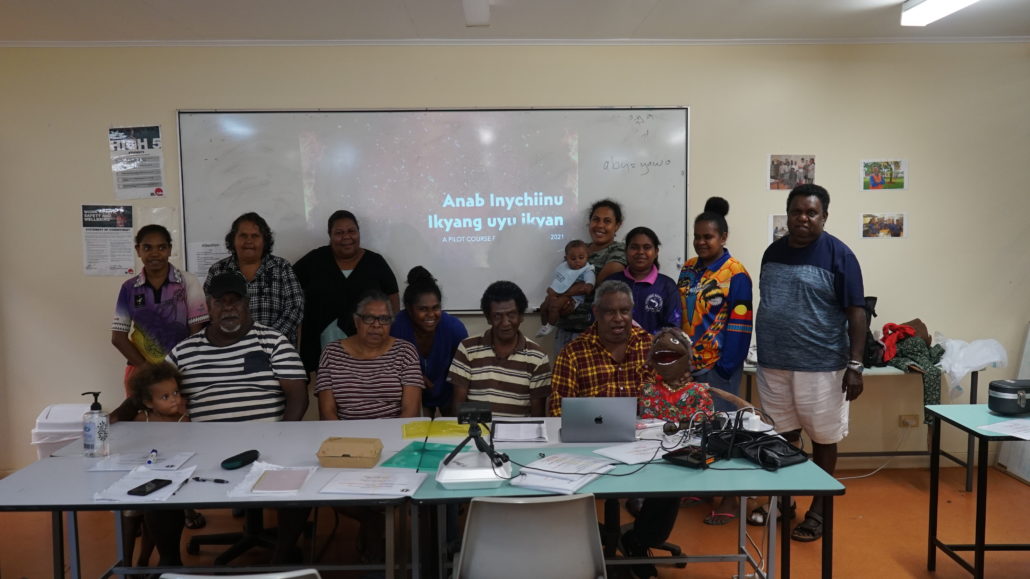Injinoo Ikya and the languages of Injinoo
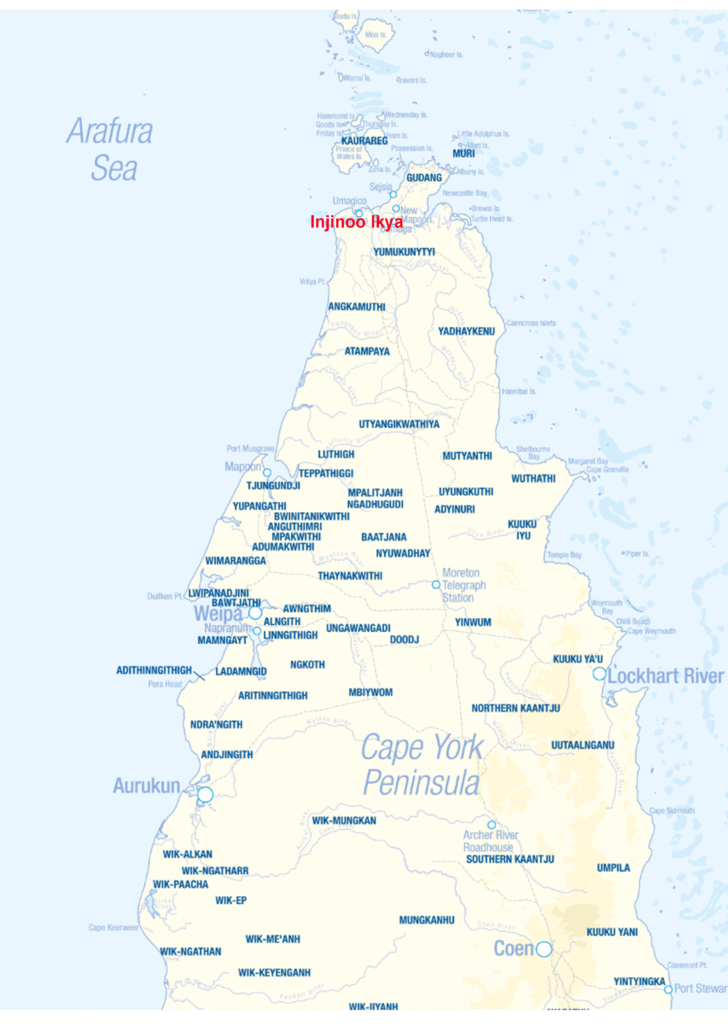
DISCLAIMER:
The locations of the language varieties of Cape York Peninsula shown on this map are not intended for Land Claim use, and are an approximate guide only. Individual language project locations are based on information from publicly available documents.
This map is a work in progress and is to be regarded as a dynamic draft. Pama Language Centre welcomes additions and corrections to the draft map and to information about the language varieties listed.

Injinoo Ikya Living Library

In 1913, the remaining members of the Angkamuthi, Atambaya and Yadhaykenu Nations, wearied by decades of warfare with white settlers, made a tacit agreement to make peace and to settle together at Cowal Creek, known to them as Inychiinu.
In 1915, John William Bleakley – Chief Protector of Aborigines in Queensland – happened upon a unique First Nations arcadia. These three Nations had established a village with zones in which their Nation centred, with a network of streets running North-South and East-West, marked by an edging of white stones.
The Angkamuthi, Atambaya and Yadhaykenu spoke distinct varieties of a language described by investigators as “Urradhi” which was a blanket name designed to encapture the group of languages which used ‘urra’ for the word ‘here’ or ‘place’.
In fact, the three varieties are phonologically identical and though they shared norms and rules of a common language, they were observed to use the language in different ways. By the time the last fluent speakers of the language were being recorded in the twilight years of the last century, most people had begun to refer to their own language as ‘Injinoo Ikya’ or ‘Injinoo Speak’.
Users then had homogenised usage based on the norms of the Angkamuthi variety but took pride in identifying themselves as Atambaya people through the use of the word ‘iiba’ for yes, rather than the ‘inyang’ or ‘inya’ used interchangeably by both Angkamuthi and Yadhaykenu. Similar fossils were found to be in use by Yadhaykenu and Angkamuthi people, allowing them to connect their identities with some linguistic distinctions.
Over the past two decades, there has been a lurch in language loyalty towards a Cape York variety of Torres Strait Creole and English, which has left very few with any more than symbolic command over the language
Injinoo Ikya Language Revitalisation
In 2015, Pama Language Centre was asked to work with a group of Injinoo elders to revitalise their language. Working with a core group of Sandra Sebasio (Angkamuthi), Roy McDonnell (Atambaya), Cecilia Ropeyarn (Atambaya) and Meun Lifu (Yadhaykenu), we have together been reviving their collective lingua-cultural heritage as a group known as the Injinoo Ikya Ancestral Language Action Team (ALAT).
We have worked together to record traditional Injinoo Ikya songs which have been played on the radio, run corpus development workshops (Pama Language Centre’s Songs on Country Program) to write original songs in Injinoo Ikya language varieties which have been learned by students in the NPA primary schools and made into film clips on YouTube. We have also compiled picture dictionaries illustrating kinship terms and bodyparts.
The next critical step required to build a viable future for Injinoo Ikya is to increase and consolidate language proficiency within the Injinoo Ikya community to enable Injinoo Ikya people to effectively champion and transmit the languages of the land. To this end, the Injinoo Ikya ALAT applied to the Ely Community Projects Charitable Trust for assistance in developing a course to teach people their language
Anab Inychiinu Ikyang uyu ikyan
A Pilot Course in Injinoo Ikya funded by the Ely Trust
“We’d like to see it continue forever.”
George Ropeyarn
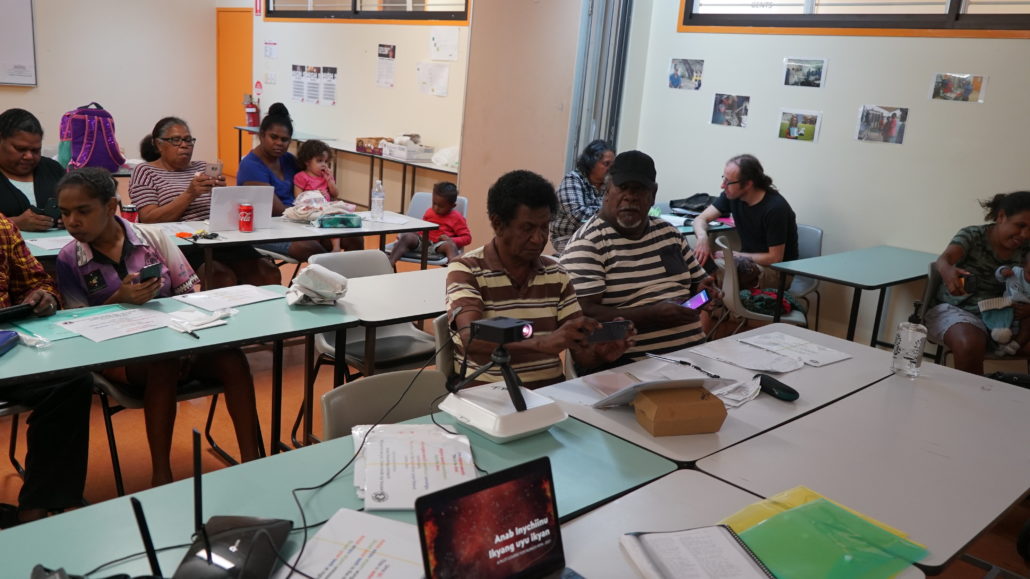
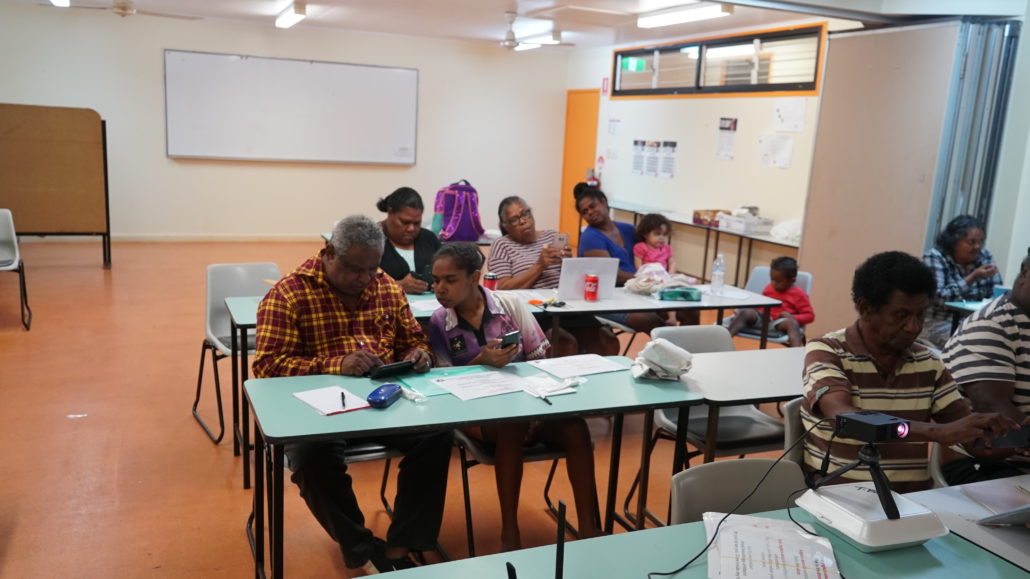
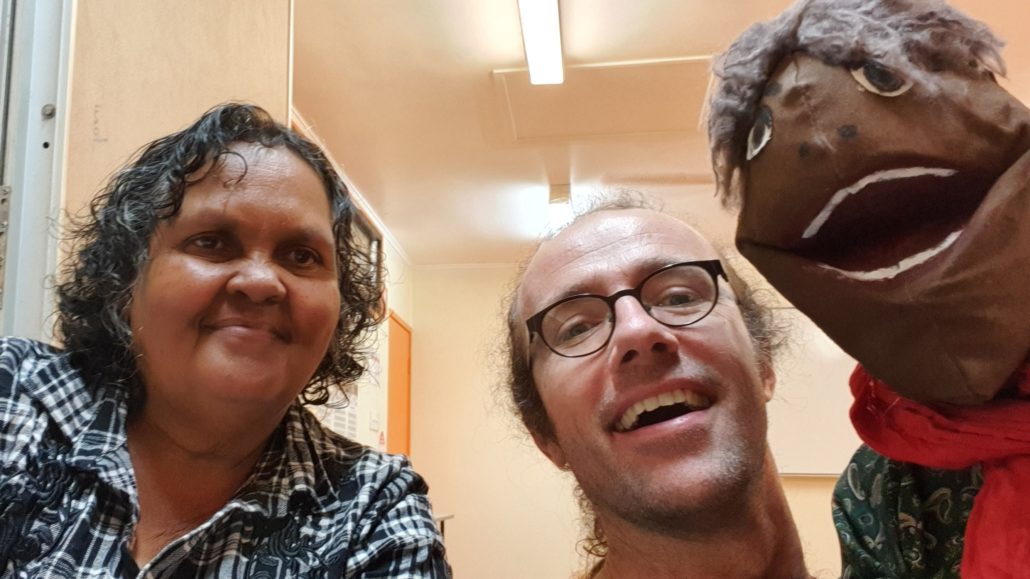
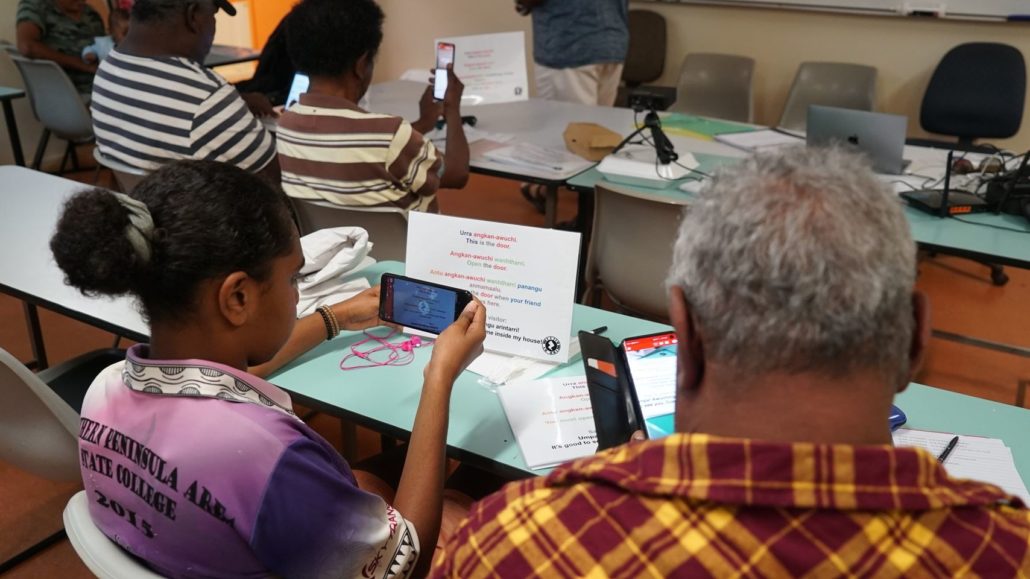
Participants at the first Anab Inychinu Ikya language intensive, Bamaga TAFE, May 2021.
Combining innovation with tradition for language revitalisation
Augmented reality home signage brings Injinoo Ikya language into the home
The Injinoo Ikya class is piloting Pama Language Centre’s new interactive augmented reality home signage. Pama Language Centre has championed the application of augmented reality in language revitalisation as a means of re-establishing language immersion environments. Interactive home signage encourages the learner to interact with their language in all domains, including home, school and workplace. A scannable code embedded in each sign triggers animation and audio. Interactive buttons provide colour coded translations. Downloadable signs are available in the Injinoo Ikya Living Library.
Creating a living language library for ongoing learner support and access
Following up from the first Injinoo Ikya language intensive in May, workshop participants have requested ongoing support for revision of vocabulary and grammatical concepts covered in the workshops. The Injinoo Ikya Living Library will be continuously updated with materials and tools to support Injinoo Ikya home learning and revision of materials covered in the workshops as well as providing learning resources to language teachers, community study hubs and members of the Injinoo Ikya diaspora who require language support.
Apudthama ukumanhthan akyima – Looking ahead together
Pama Language Centre and the Injinoo Ikya community are working on a number of projects together:
- Face to face workshops in Cairns to provide ancestral language-learning opportunities to the diaspora community. These workshops will be based on the pilot run in the Northern Peninsula Area.
- Face to face workshops in the NPA are also being planned, and will be rolled out as soon as feasible.
- Design and development of video lectures and lessons to enable further and ongoing language learning for community members. Improved communications in Injinoo finally makes video delivery a realistic method.
- Rollout of online classes via Zoom and Facebook. Participants from the pilot workshop have expressed in continuing classes online in a real-time format as well as have access to videos and print materials.
- Production of further print materials such as activity sheets, extended home signage and wordlists.
- Mentoring community language teachers and supporting them to get qualified and become more employable.
| AUSTLANG reference | Y238 | AIATSIS Code |
| LANGUAGE VARIETY COMPLEX | Urradhi | Name of largest mutually intelligible complex. |
| LANGUAGE STATUS | 8a | Assess and apply EGIDS
Select: Revival, Revitalisation, Renewal, Reclamation, Maintenance. Perhaps also include Second Language Learning if non-ethnic users are learning in an L2 situation. |
| CURRENT LANGUAGE ACTIVITY | RE | Overview of current activities
and links to relevant projects within website |
| HISTORICAL BACKGROUND | Semi-synonymous with Y184 (Uradhi), Injinoo Ikya. | Summary of Present Situation, Past Investigations + links to further reading |
| LINGUISTIC NOTES & SOURCES | Crowley, Terry. 1983. Uradhi. In Dixon, R. M. W. and Blake, Barry J. (eds.), Handbook of Australian Languages 3, 306-428. Amsterdam: John Benjamins.
Harper, Helen A. 1992. Injinoo Ikya word list. Department of Anthropology, University of Queensland. 54pp. Harper, Helen. 1996. Having language and getting language back: traditional use of language in Injinoo today. Australian Aboriginal Studies 19. 34-44. Helen Harper. 2001. The gun and the trousers spoke English: Language shift on Northern Cape York Peninsula. (Doctoral dissertation, University of Queensland; 380pp.) | Include any standardisation efforts, regularisation, engineered phonology (e.g. diachronic syncope, aphaeresis…). List any available sources, link to any online resources. |
| PAST LANGUAGE REVIVAL ACTIVITY | Include any previous (pre-Pama Language Centre) revival (or other type) of work. Include production of texts (Bibles, newspapers…), recordings (songs, dance videos, other videos…). Include other language-related activities (scripted welcome-to-countries…). | |
| TEACHING & LEARNING RESOURCES | Links to Pama Language Centre resources and open access resources, link to PLC shop if valid. Include any online resources (wordlists, online forums, facebook groups) | |
| DICTIONARY | WATCH THIS SPACE | List links to Dictionaries. List Harvard-system reference. |
| OPEN ACCESS ARCHIVAL RESOURCES | Link to archival resources, conditions of access to be determined by relevant ALAT. | |
| FIND A TRANSLATOR | List details of all those capable of translations, esp NAATI-qualified. | |
| CONNECT WITH SPEECH COMMUNITY | Facebook groups, community websites, phone numbers. NGOs, Local groups (church, youth, women, men, clan…) | |
